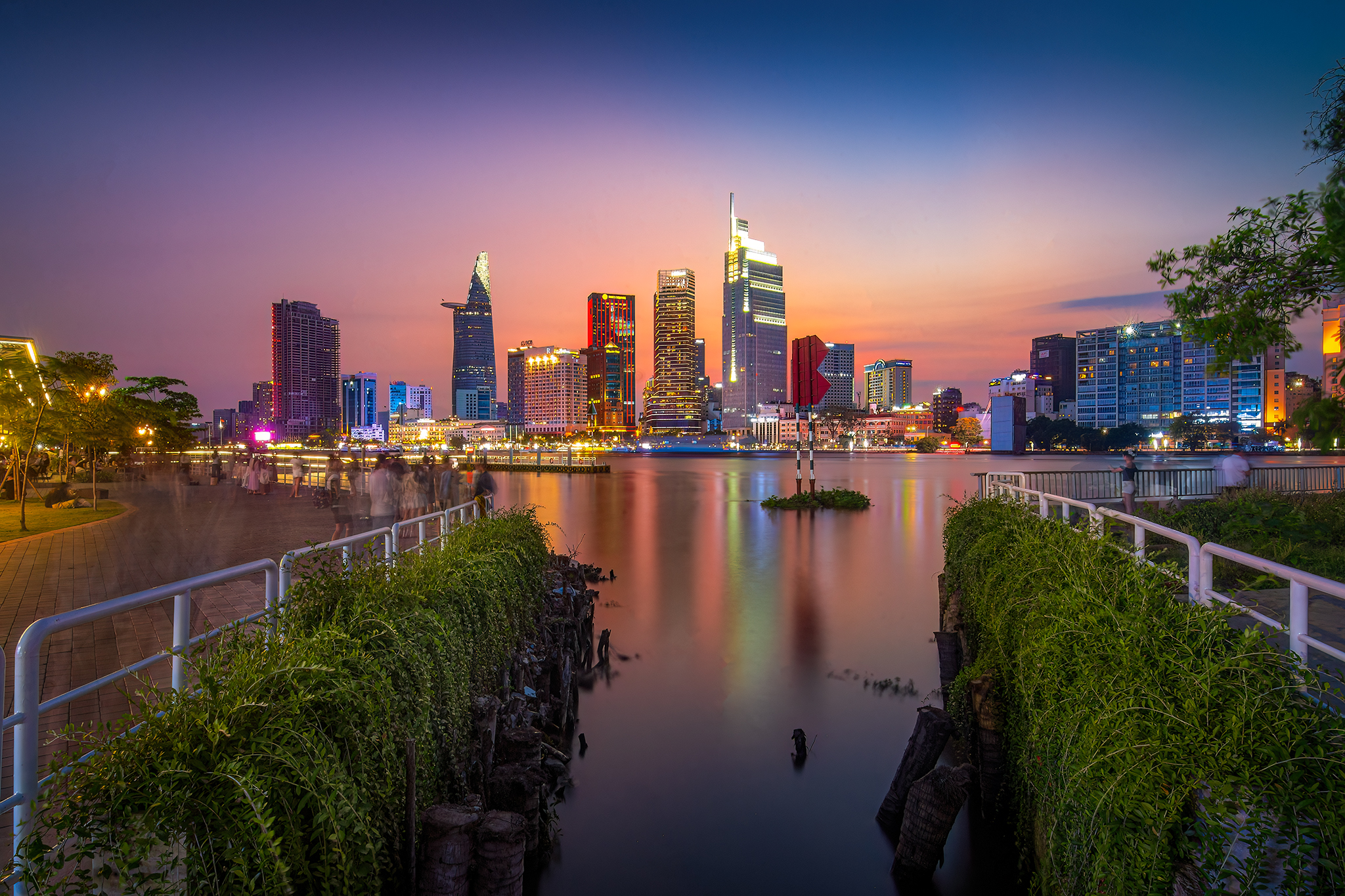Efforts to handle tap water shortages
Following a recent instruction from the Da Nang authorities, the A Vuong and Dak Mi 4 hydropower plants have discharged water from their reservoirs into the downstream of the Vu Gia River in order to push salinity out of the Cau Do (Red Bridge) River.
Thanks to this, the salinity level of the river was reduced to 440 mg/l on Friday evening. Meanwhile, the water level of the Vu Gia River at the Ai Nghia Hydrological Station increased to 2.48m, a rise of 0.76m compared with that on 21 August.
Therefore, the Da Nang Water Supply Company (DAWACO) has sourced water from the river to increase water flow and pressure in the pipeline systems across the city, especially in Hai Chau and Thanh Khe districts, as well as increase water supplies to Ngu Hanh Son and Son Tra districts.
As a result, since around 10.00am on 23 Friday, water pressure and flow in some areas in Son Tra and Ngu Hanh Son districts has been increased.
Mr Ho Huong, DAWACO's General Director said, said his company has been focusing on collecting river water in order to increase water supply capacity, and restore the normal water supply for the city as soon as possible.
He also urged local functional bodies to require hydropower plants upstream in the basins of the Vu Gia and Thu Bon rivers to operate and discharge water properly in order to ensure enough water supply for the city.
In an attempt to ensure the sufficient water supply for the daily lives, and the agricultural and industrial production activities of local citizens, the city is planning to build the Hoa Lien Water Supply Plant at a daily capacity of 120,000m3 of water. The construction work is expected to begin in late September and be completed in 2020.
Besides, 4 pipelines will be installed from September in order to ensure sufficient water supplies for residents in the districts of Son Tra and Ngu Hanh Son.
Importance will be attached to accelerating the installation of Diuke pipelines under the Han River and the Cau Do River.







